
When buying avocado, don't be greedy for big fruit or you'll "waste money", choose this point to get the most delicious and supple one.

How to Choose the Perfect Avocado: Tips to Avoid Bruised and Overripe Fruit
If you want to avoid buying avocados that are both bruised and spoiled, you need to memorize these essential selection tips!
It’s no exaggeration to say that summer is the paradise of tropical fruits — from durian and jackfruit to lychee and mango, every type is at its best. Among these, avocados stand out as one of the most beloved and versatile fruits. In this article, we’ll help you easily tell the difference between popular avocado varieties and share foolproof secrets to choosing the most delicious, creamy ones every time.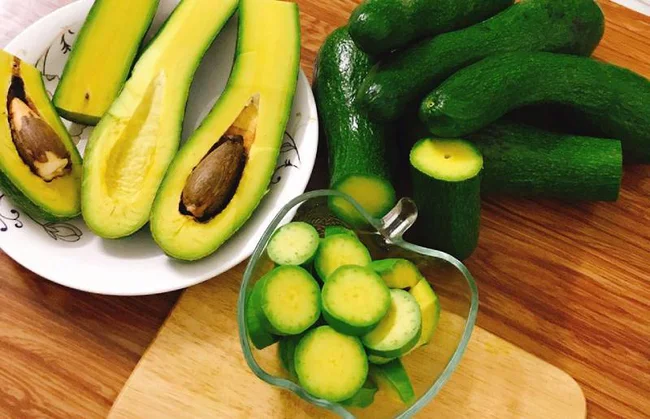
🥑 Three Popular Types of Avocados You Can Easily Find
1. “Bo Sap” (Vietnamese Butter Avocado)
This variety is widely grown in Đắk Lắk, Vietnam. The skin is a deep green color, and the fruit shape is moderately oval—not too round or too long. When ripe, Bo Sap avocados feel firm and heavy in the hand, the flesh turns light yellow, and the texture becomes smooth and buttery with a subtle sweetness.
Bo Sap avocados are highly prized for their thick, creamy flesh that doesn’t turn black easily, making them perfect for smoothies or eating fresh with a spoon.
2. Hass Avocado
Originating from Australia, the Hass avocado is one of the most recognized varieties worldwide. It has a thick, slightly bumpy skin that turns from green to dark purple or nearly black when ripe. The fruit is small and slightly pear-shaped, with a rich, nutty flavor and dense texture similar to the Bo Sap variety.
What makes Hass avocados unique is their long shelf life and consistent quality — a favorite choice for export and for those who love making guacamole or avocado toast.
3. Long Avocado (also known as “Bo 034”)
The 034 avocado has an elongated shape, round at the base and narrowing toward the stem. It’s neither as short as Bo Sap nor as plump as Hass. On average, a 034 avocado measures about 20–25 cm in length.
The 034’s skin is thin, its seed is small, and the flesh is fragrant and rich. This variety originates from Lâm Đồng province, and it only reaches its best flavor and yield when grown in this region’s cool, fertile soil. The creamy texture and high oil content make 034 avocados especially popular in Vietnamese households.
🥄 How to Choose Ripe, Unbruised Avocados
1. Check the Stem Area
The stem or “neck” of the avocado reveals a lot about its ripeness.
-
If the stem area is fresh green and firm, the avocado is still unripe.
-
If it turns slightly yellowish-green, that’s the sweet spot — the avocado is perfectly ripe and ready to eat.
-
If the stem area feels too soft or sunken, it’s likely overripe and may have dark spots inside.
Remember: avocados ripen from the bottom upward, so always check near the stem before buying.
2. Observe the Skin Color and Texture
A ripe avocado usually has a smooth, glossy surface that feels firm yet slightly soft when pressed gently.
-
Green-skinned avocados with tiny golden specks tend to have richer, creamier flesh.
-
Purple or brownish-yellow ones are often more fibrous or overripe.
A good avocado should feel dense and not hollow when held. Avoid those with dents, dark patches, or overly wrinkled skin.
3. Feel the Weight and Test by Shaking
Hold the avocado in your hand — it should feel heavy and solid. Gently squeeze near the bottom; if it yields slightly, it’s perfectly ripe.
You can also give it a gentle shake. If you hear a faint sound from the seed moving inside, it means the avocado is mature and delicious. If there’s no sound, the fruit might still be too firm. But if it rattles loudly, the avocado is overripe and likely stringy inside.
🍏 How to Ripen and Store Avocados Properly
If your avocados are still green and hard, don’t worry — you can speed up the ripening process naturally. Simply place them next to apples or bananas, or put them together inside a brown paper bag. The ethylene gas released by these fruits accelerates ripening, helping your avocados soften within 1–3 days instead of the usual 6 days after harvest.
Once your avocados are ripe, it’s important to store them correctly to keep them fresh:
-
If you’re not ready to eat them yet, brush the cut surface with a little lemon or lime juice, then place the fruit in a zip-lock or vacuum-sealed bag before refrigerating. The acidity helps prevent oxidation, keeping the flesh bright green.
-
For longer storage, peel and remove the seed, then store the flesh in a freezer-safe bag in the freezer. When ready to use, thaw it slowly in the fridge — perfect for smoothies or spreads.
💡 Final Thoughts
With these simple yet effective tips, you’ll never have to worry about buying spoiled or unripe avocados again. Understanding how to distinguish between different varieties, check ripeness, and store them properly will help you enjoy this creamy, nutritious fruit at its best — whether you blend it into a smoothie, spread it on toast, or simply savor it with a spoon.
News in the same category


My nana taught me this hack to remove hard water stains in 2 mins with 0 work. Here’s how it works
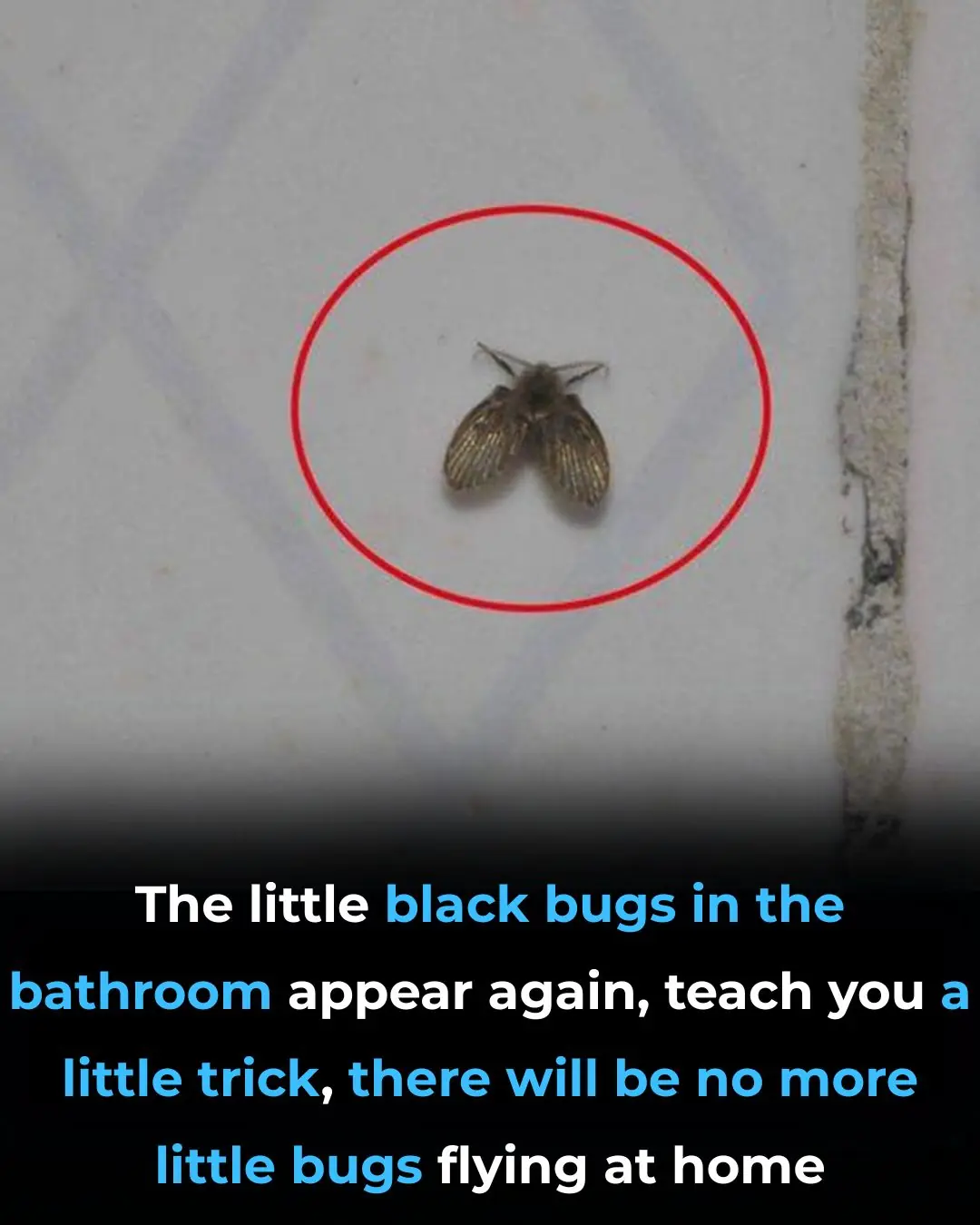
🕷️ Little Black Bugs in the Bathroom? Here’s What They Are & How to Get Rid of Them for Good

What an Unusual Odor in the Intimate Area Reveals: Signs You Shouldn’t Ignore
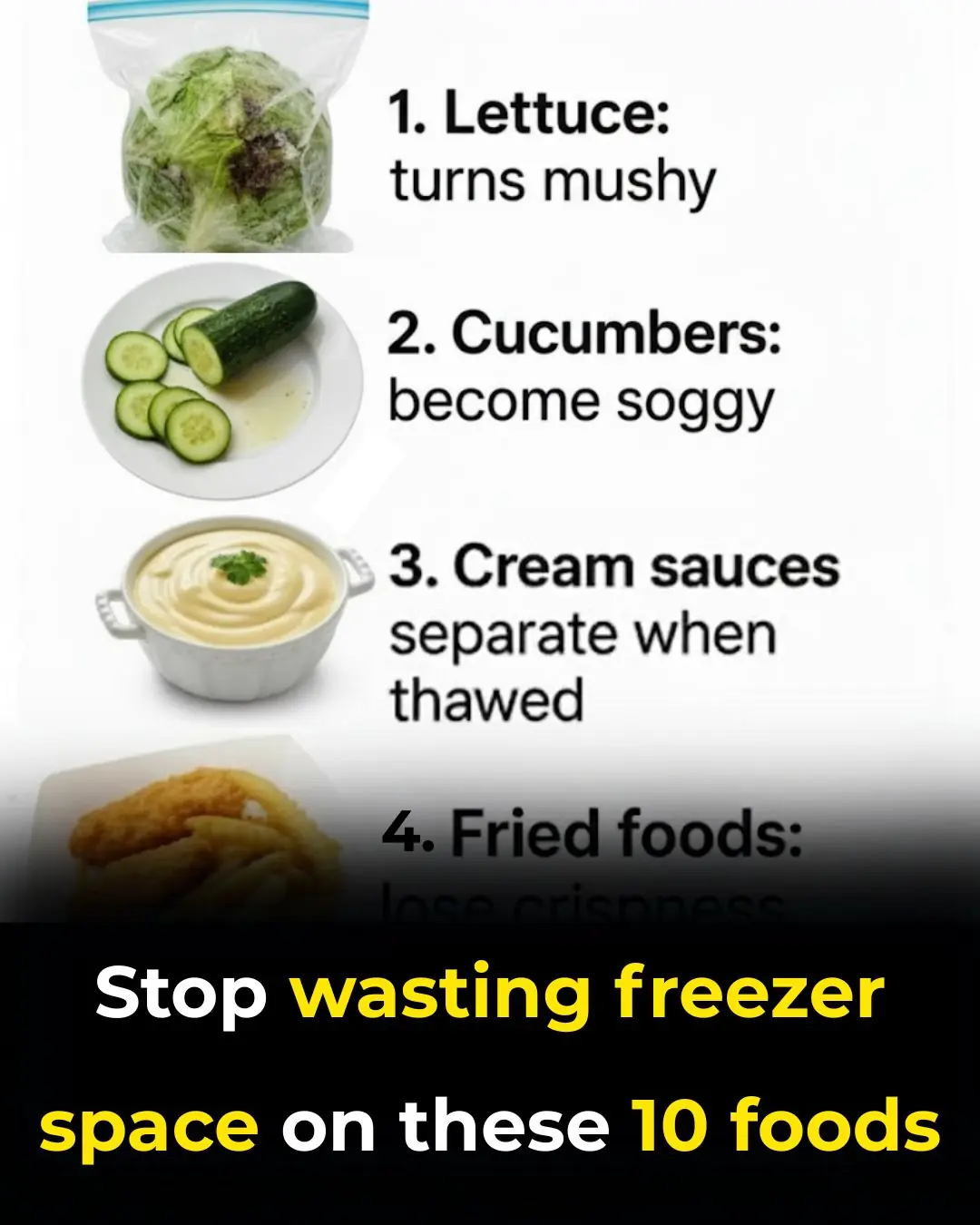
Stop wasting freezer space on these 10 foods

You are doing it all wrong. Here's the right way to use your dryer

Lady dumps baking soda down her sink. Here’s the genius reason why

I had no clue about this!
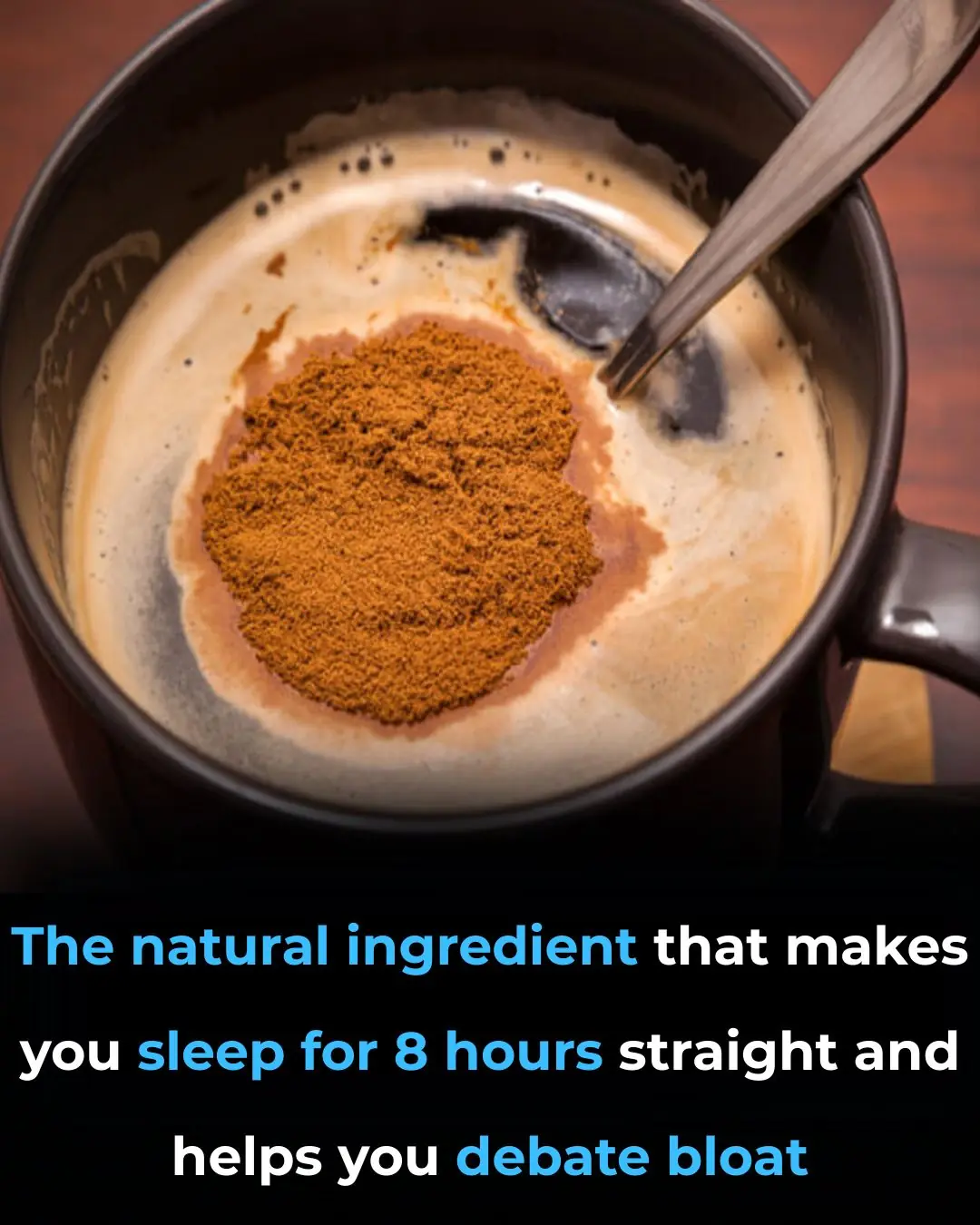
1 natural ingredient that helps you a lot

8 reasons why adding baking soda to your toilet tank is a must-do trick

My nana taught me this hack to dust ceiling fans in 3 mins with 0 work. Here’s how it works

My nana taught me this hack to lift carpet stains in 2 mins with 0 work. Here’s how it works

3 ways to prevent snakes from entering the house, everyone needs to know to protect their family
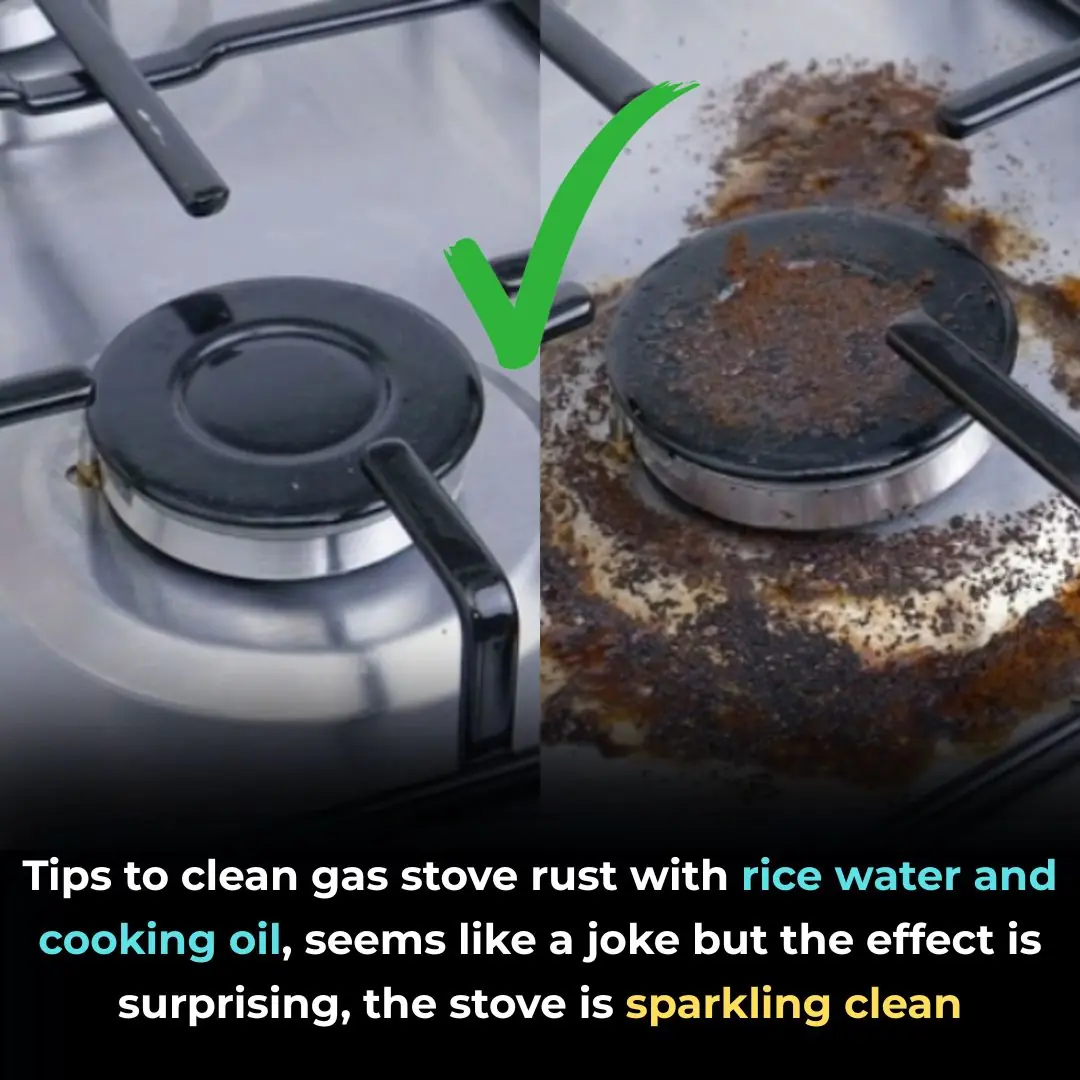
Tips to clean gas stove rust with rice water and cooking oil, seems like a joke but the effect is surprising, the stove is sparkling clean
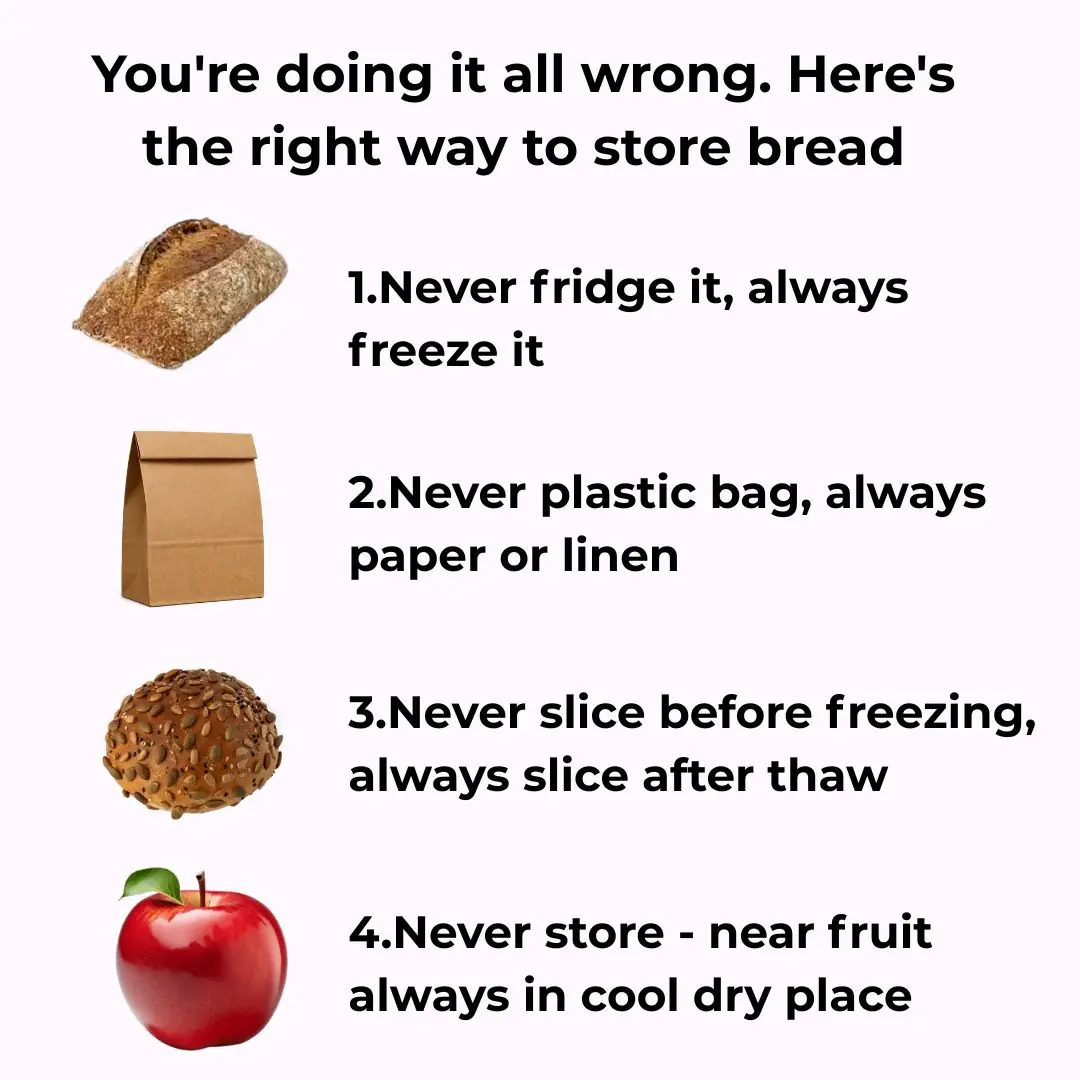
You’re doing it all wrong. Here’s the right way to store bread
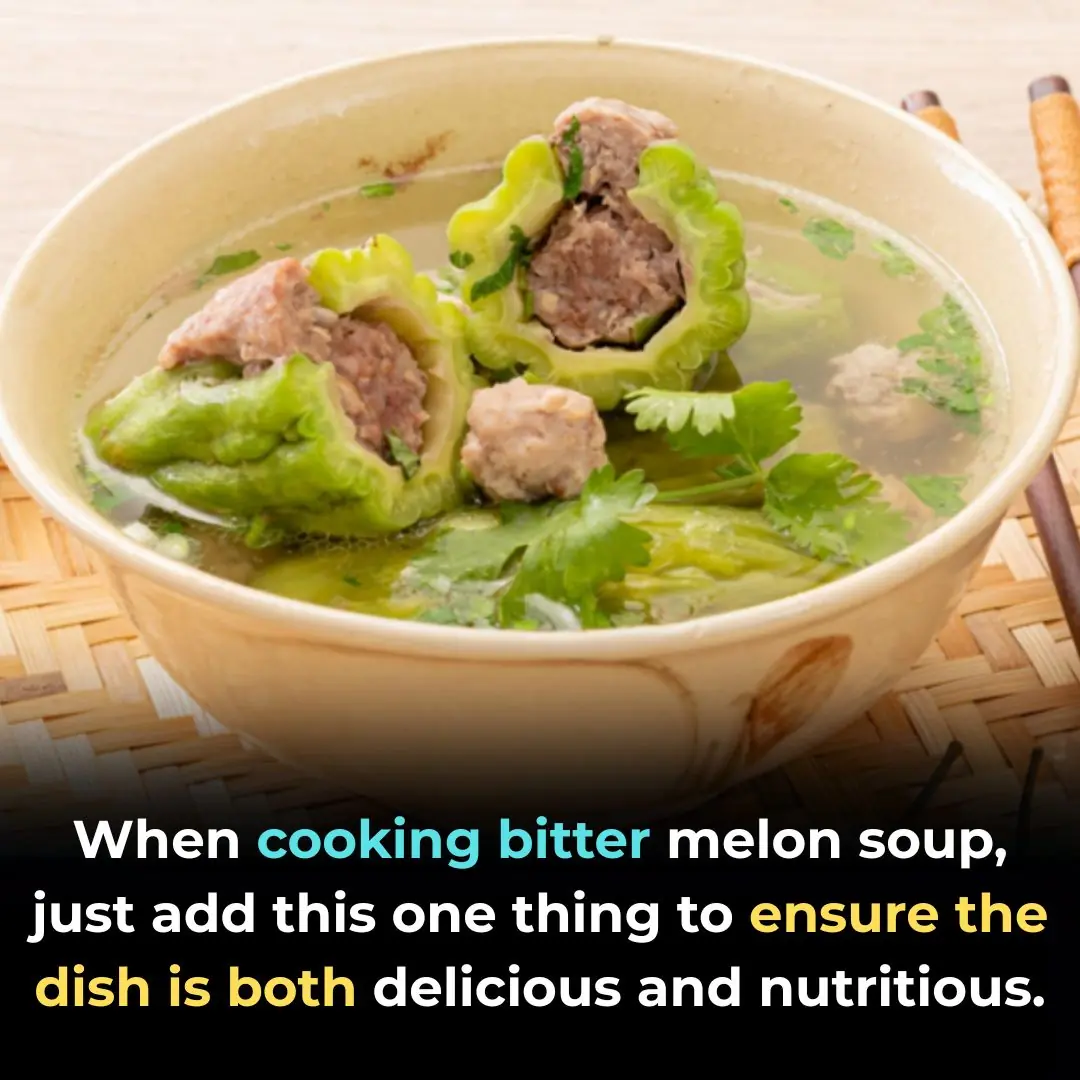
Make Your Bitter Melon Soup Sweet and Nutritious — Just Add This One Ingredient
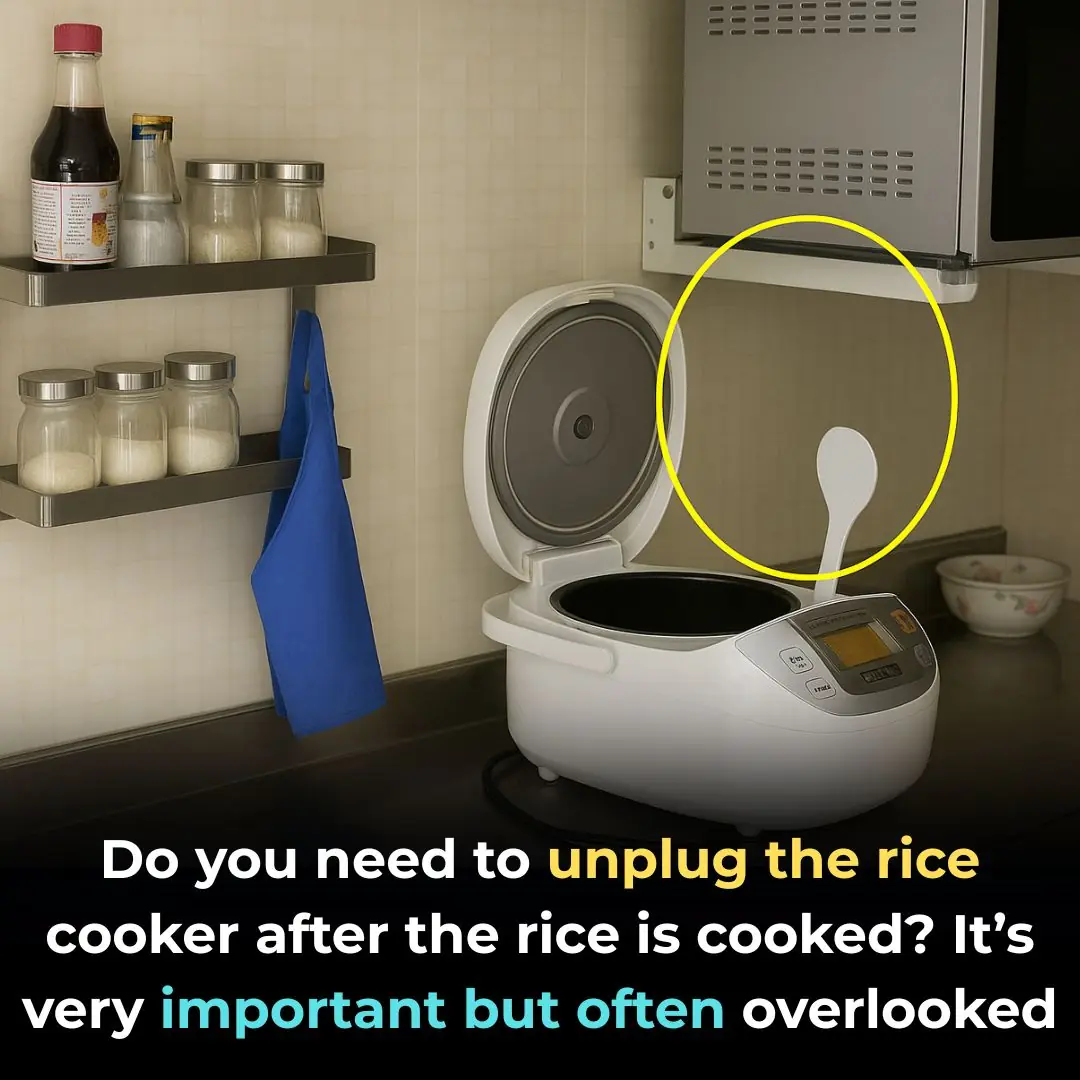
Should You Unplug Your Rice Cooker After the Rice Is Cooked?

Most do this wrong. 10 dairy items you’re storing incorrectly
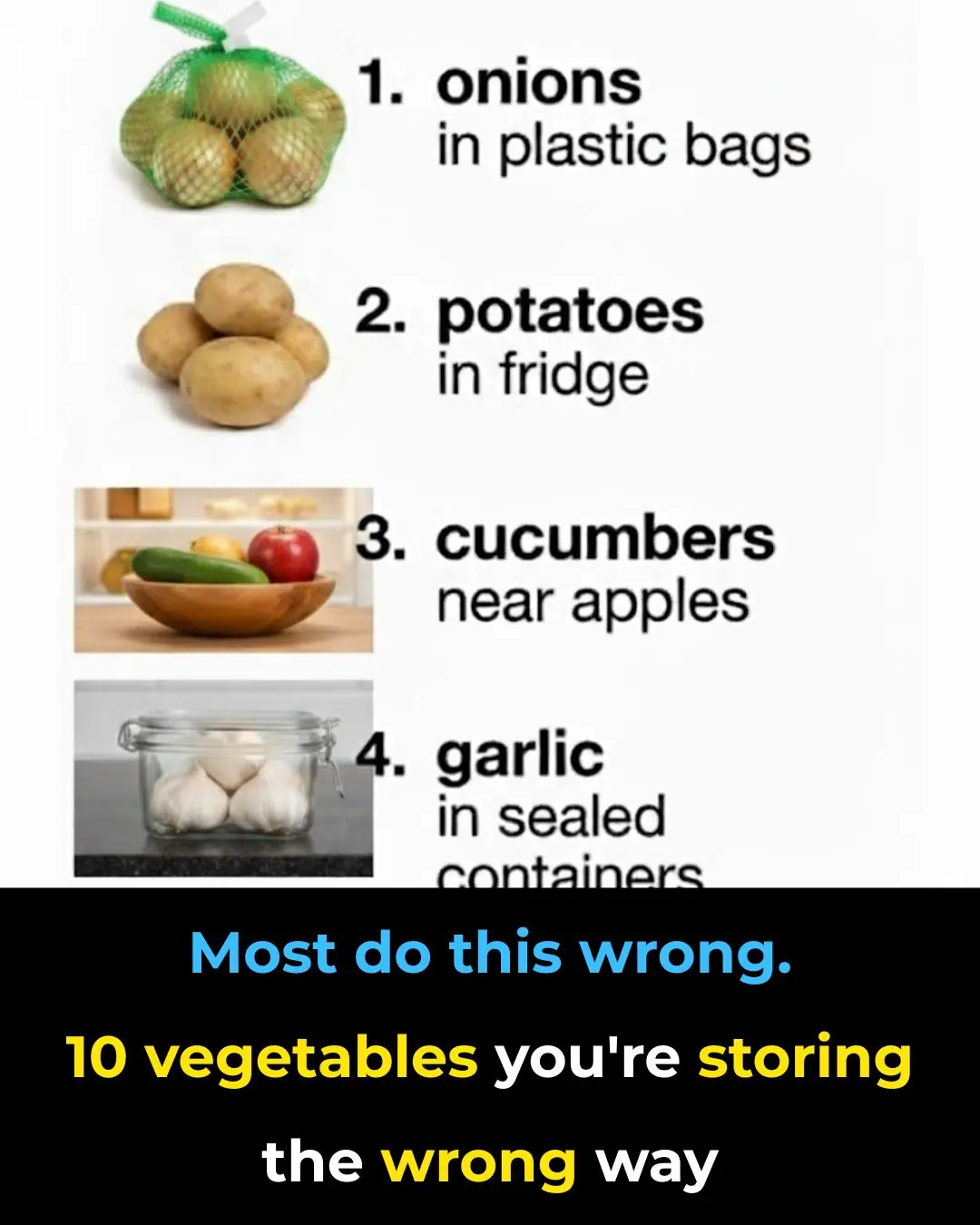
Most do this wrong. 10 vegetables you’re storing the wrong way

Most do this wrong. 10 bedding items you’re storing wrong
News Post

Expert, 95 Years Old with 60 Years of Cancer Research Reveals: You Must Avoid These 4 Things So Cancer Doesn’t Come Knocking
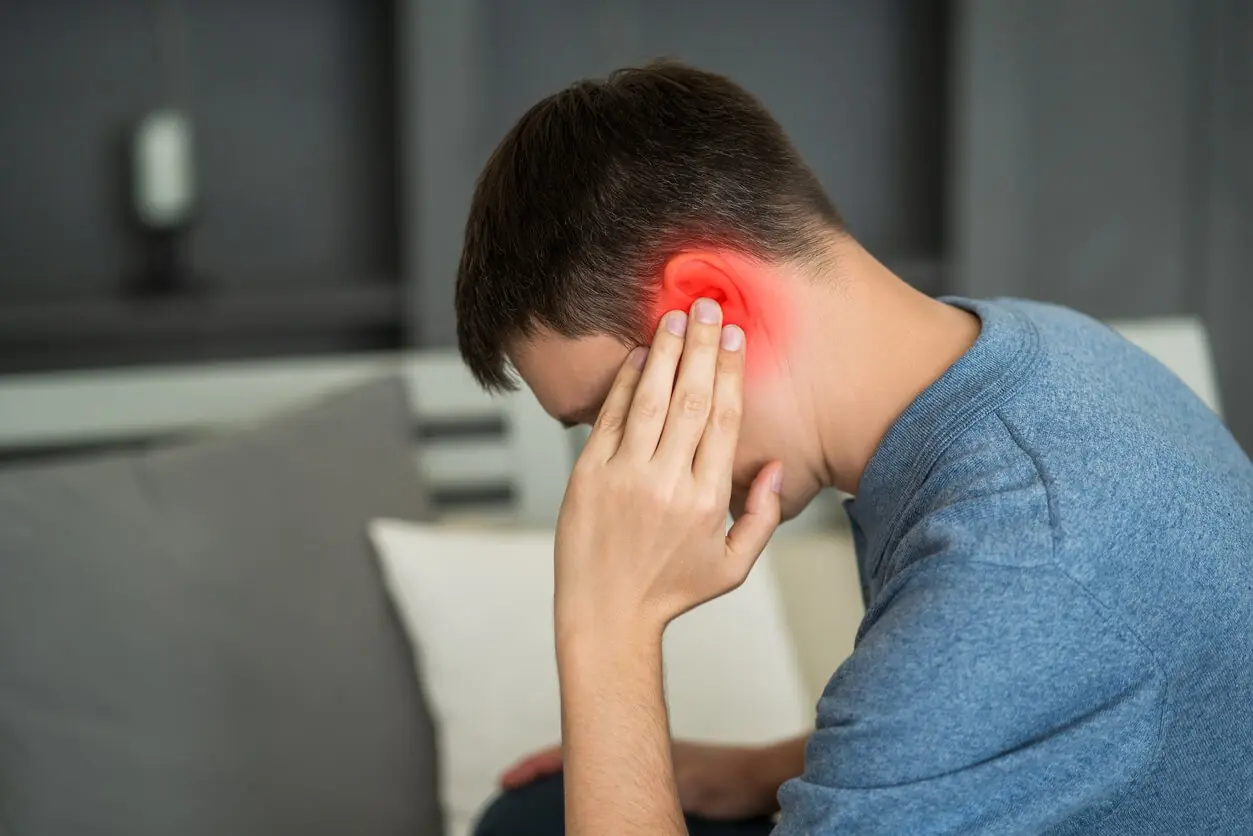
Sharp Pain in Ear: Causes, Treatments and When to See a Doctor

Each Tooth Is Associated With An Organ In The Body – Pain In Each Tooth Can Predict Problems In Certain Organs
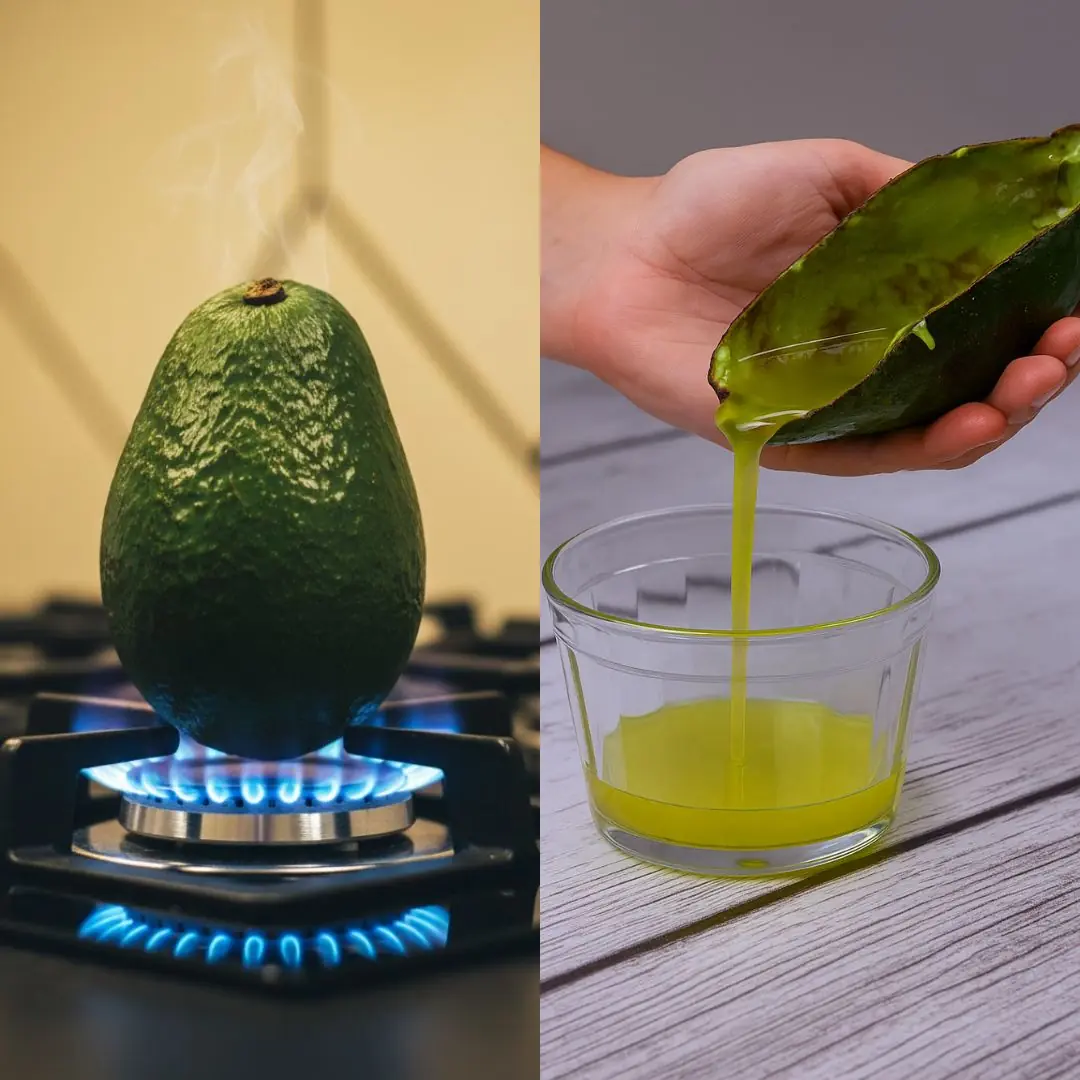
Here’s the secret why everyone puts avocados on the fire!

Amazing vitamin can help stop cancer growth and this is how much you need
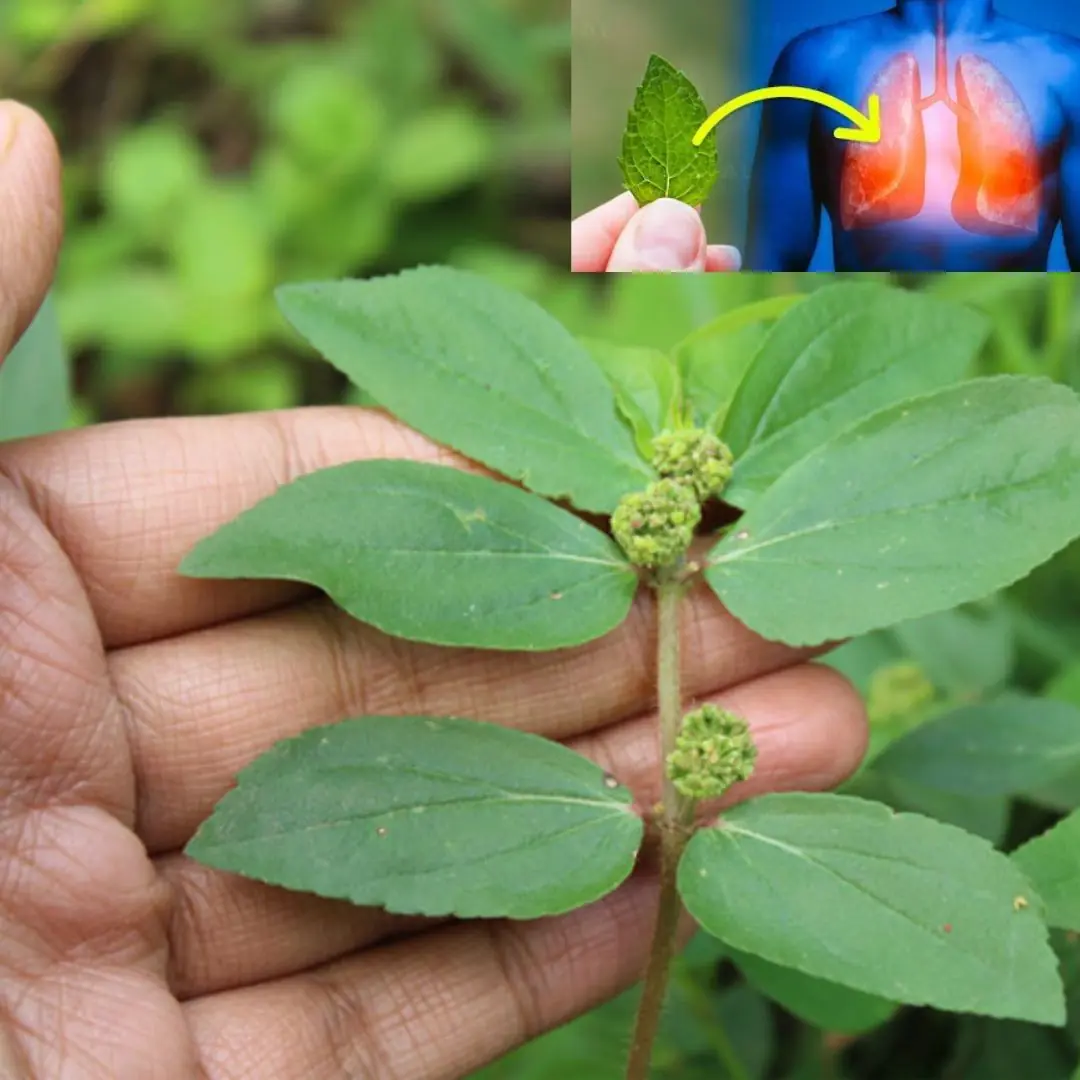
Euphorbia Hirta: 30 Benefits and How to Use It Safely

THE BEST HOME REMEDIES THAT END CONSTIPATION FAST AND NATURALLY

Lady places cup of vinegar into microwave. Here’s the genius reason why
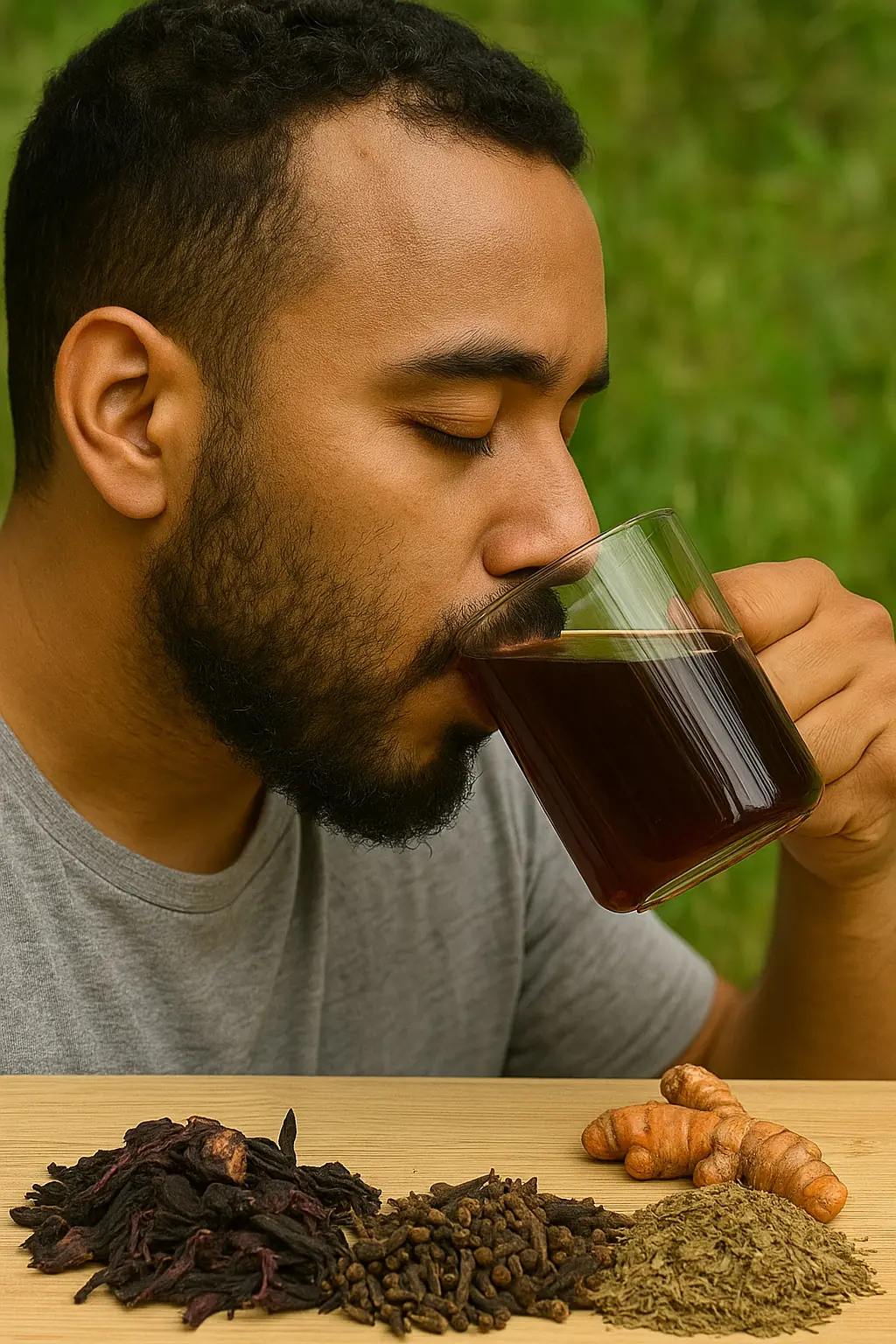
Say Goodbye to Diabetes, Fatty Liver, and Joint Pain with This Powerful Remedy!

My nana taught me this hack to remove hard water stains in 2 mins with 0 work. Here’s how it works

🕷️ Little Black Bugs in the Bathroom? Here’s What They Are & How to Get Rid of Them for Good

Choose a Nail to Discover What Kind of Woman You Are

Never Do These 15 Things for a Man (Even If You’re Madly in Love With Him)
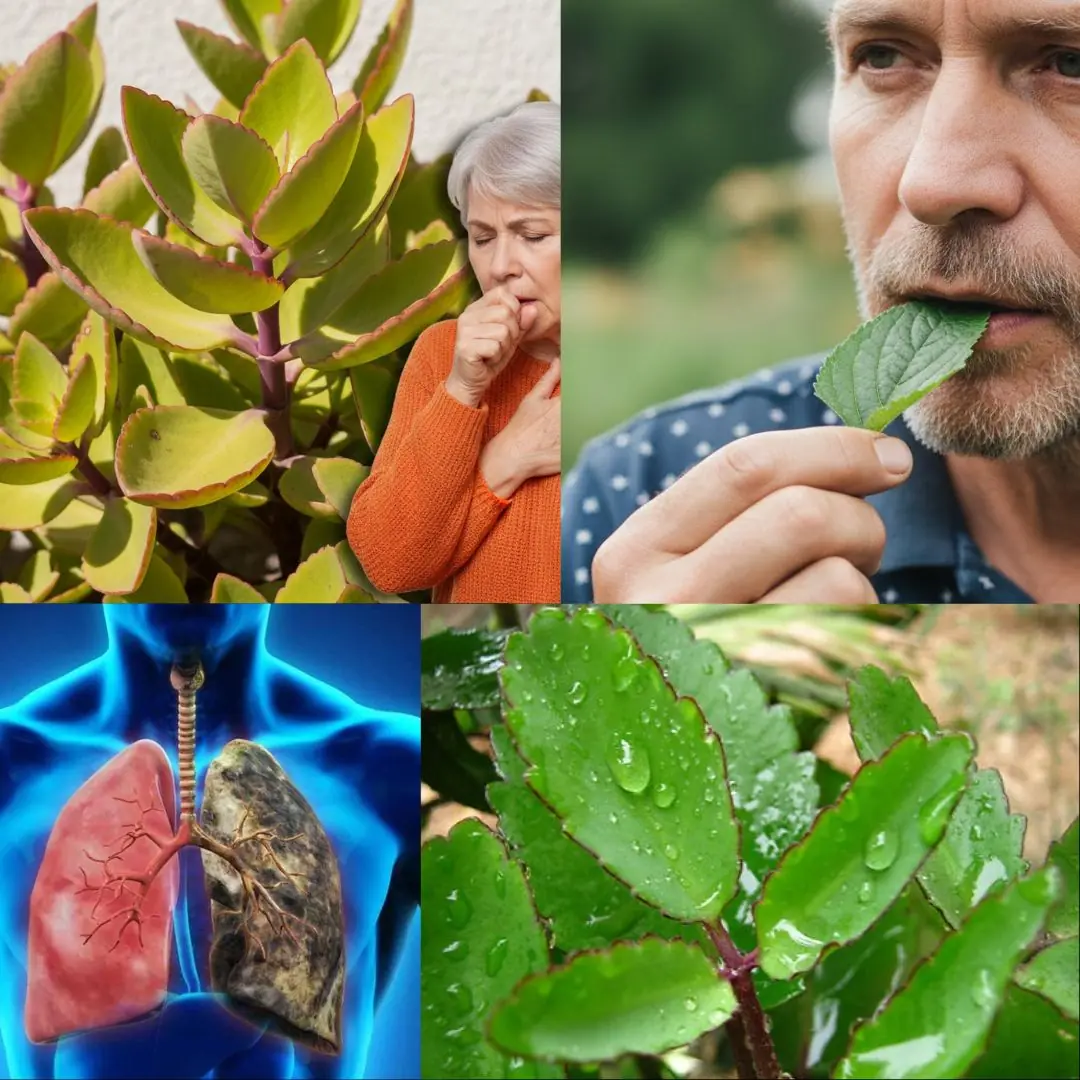
11 Surprising Benefits of The Miracle Leaf of Life

What an Unusual Odor in the Intimate Area Reveals: Signs You Shouldn’t Ignore

5 foods that damage your thyroid (they look healthy)

Stop wasting freezer space on these 10 foods
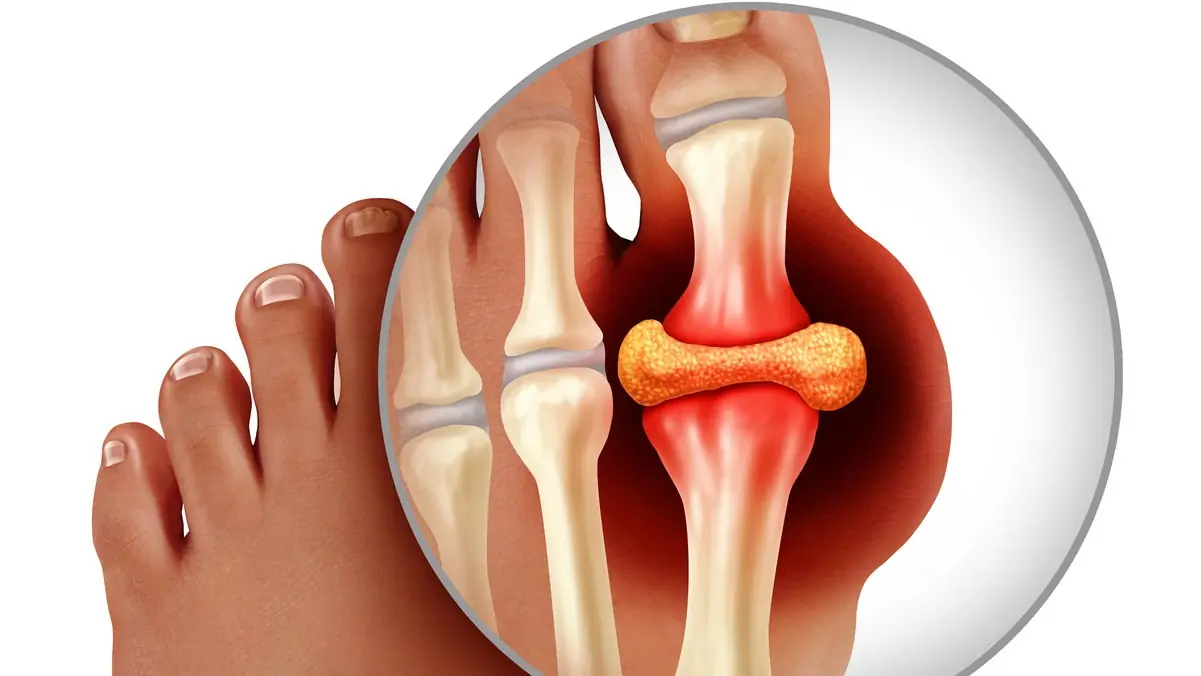
HIGH URIC ACID? SEE THE WARNING SIGNS & RELIEF TIPS

Prepare ginger this way to prevent cancer, reduce cholesterol and lower blood sugar levels!
